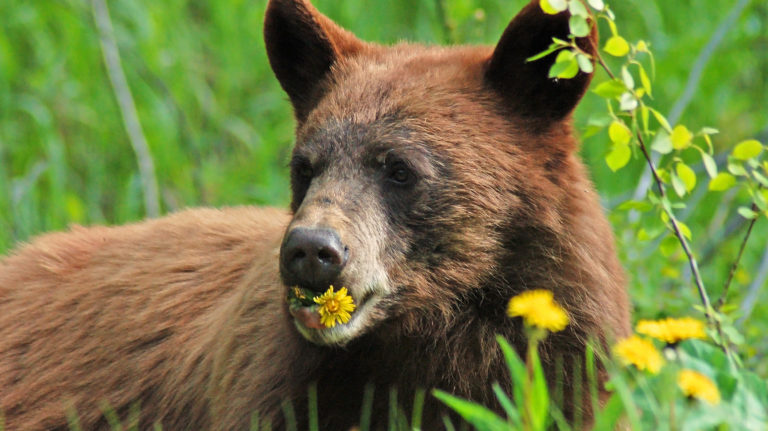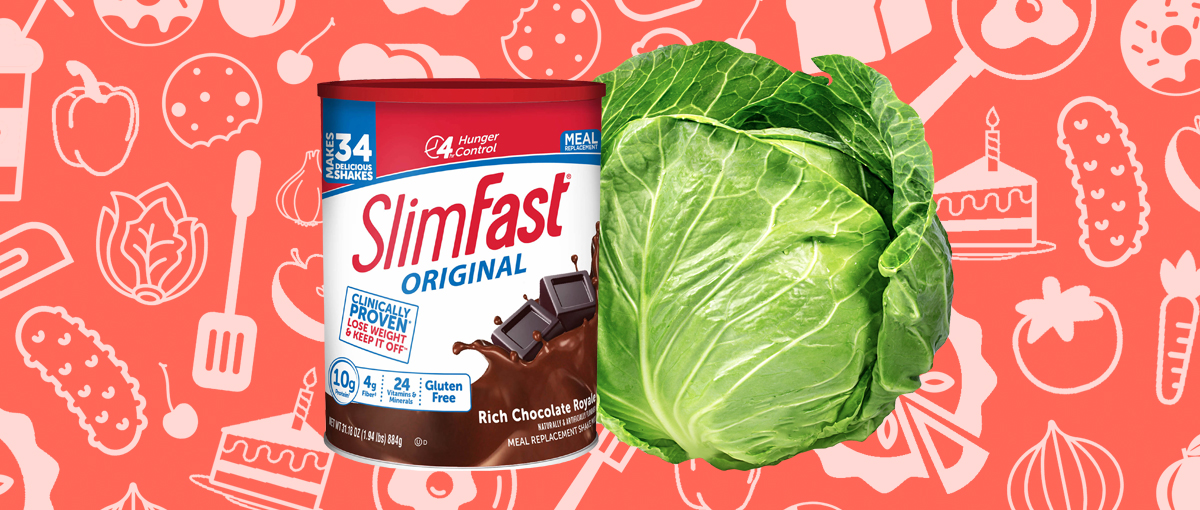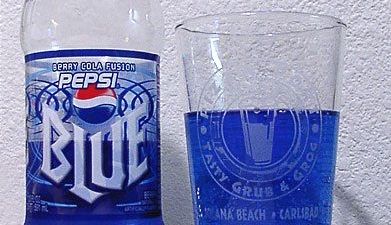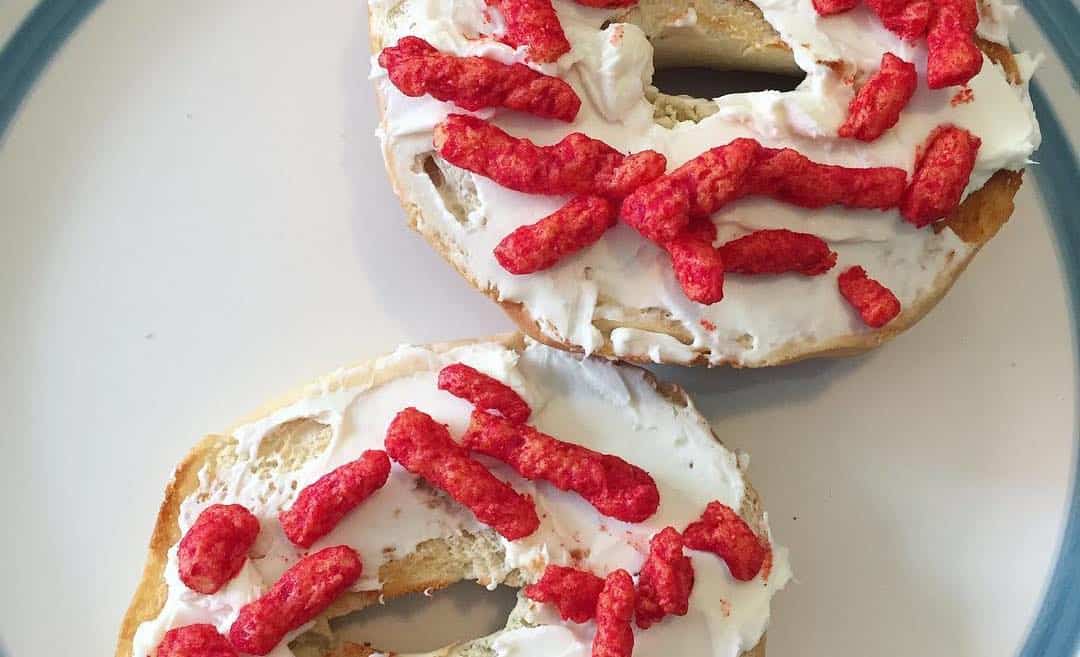You might have mixed feelings on bears. Sure, they look pretty cute on television or in a still photo. But in person, they may be one of the scariest animals to run into. Even though you’ll want to keep your distance from bears, it doesn’t mean you can’t learn a little about them.
Bears actually have a pretty fascinating diet. They’d have to, based on the whole hibernation thing. According to Yellowstone, who know a thing or two about bears, grizzlies have been known to consume up to 20,000 calories a day in preparation for winter slumber. Hibernation is all due to the rough weather conditions, along with the lack of food available. Luckily, humans don’t have this problem (even though the idea of hibernation seems kind of nice).
Can you imagine what bears must go through? They ultimately have to feast on the biggest buffet in order to survive through the season. The good news is that they can do this pretty naturally. Also, they eat a wide variety of different things, meaning that they can easily find enough food when it’s readily available.
Here are a few things that bears have been known to gorge on throughout the year.
1. Beavers
Dam, that’s cold (pun intended).
According to the National Park Services, beavers taste pretty good, especially to brown and black bears. Unfortunately, beavers can’t catch a break, since they have a bunch of different natural predators. Even though humans tend to avoid eating them (but have, during colonial times, and can), they’re also a good lunch for hawks and coyotes.
2. Honey, Straight From A Beehive
Winnie the Pooh has taught us that bears dig honey.
That’s not a fabrication. But while Winnie gets his fix straight from a jar, others of his kind are more daring. They’ll reach right into a beehive for both the honey and the bees themselves. Even better, their bodies are almost bee-proof. Bee stings won’t even make it through their thick skin.
3. Other Bears
This one seems a little strange, so some clarification is necessary.
Grizzly bears have been known to eat black bears before. In general, grizzlies won’t turn down any sort of opportunity to eat. I mean, how could they with hibernation on the line? Smithsonian reports that sometimes, polar bears also eat other polar bears. It’s sad, but it’s all part of nature and the survival of the fittest bear.
4. Cows
It seems like bears also enjoy beef.
In fact, they have actually become somewhat of a problem for farmers who keep livestock. Not only can bears severely hurt or kill the cows, but they also pose a threat to those who work in the area who just want them to stay on their part of the land. Things sure do get complicated when humans try to share land with animals.
5. Ants
Every little bite makes a big difference.
It almost seems like it’s worthless for an animal as big as a bear to eat an insect as small as an ant, but it does happen. Black bears are especially known for including ants on their lunch menu. But usually, they only seek out ants when other food options are starting to become more scarce. Anteaters clearly have the right idea.
6. Fungi
Mushrooms don’t gross out your standard bear.
In fact, they’re a big part of their normal diet. It seems like summer is when they’re more prone to eat fungi, according to Mom.Me. Australian Fungi adds, “While we know that at least 30 species of native mammals eat fungi, the level of consumption is largely unknown. A number of these mammals are undoubtedly only occasional eaters of fungi.”
7. Dog Food
Just because they’re not dogs doesn’t mean that a bear won’t rummage around for some dog food.
A bear in Florida was actually spotted stealing, and then eating, a 20-lb bag of dog kibble from a resident back in 2015. Afterward? It took a much-deserved nap. Hey — a bear’s gotta eat what a bear’s gotta eat. However, please do not go feeding bears dog food. An 81-year-old Floridian woman was arrested in 2014 for feeing local bears dog food, according to CNN.
8. Garbage
If you live in an area that’s had a bear sighting or two, you might know by now to secure your garbage cans.
Even though they eat a variety of different plants and animals, they’ll still be on the hunt for human-produced garbage. It might seem cute or funny, but it can also be hazardous to their health — and make them more at-risk for being hunted down. So make sure you’re securing your trash, and securely recycling and composting when possible.
9. Dandelions
Technically they’re weeds, but at least they’re pretty weeds.
And they’re also a decent food source for bears. According to Science Mag, dandelions make up a lot of a bear’s diet. And at lower elevations, it wouldn’t be weird to see black bears eating dandelions as snack, according to Mountain Nature. Some humans choose to eat parts of them as well, and they’re often seen as a weed with a high nutritional value.
10. Skunk Cabbage
Skunk cabbage is called skunk cabbage because the smell isn’t all that appealing.
Unless you’re a bear. Bears are one of the few animals out there who will mess with skunk cabbage. The National Wildlife Federation writes that it leaves a burning sensation in the mouths of most animals. In order to avoid discomfort, they usually eat it right as it sprouts in the spring. It’s all about the timing.
11. Moose
Even with their antlers, bears aren’t afraid of moose and will eat them — especially if it’s a young moose.
Brown bears, who are known for running at a pretty fast speed in the wild, are credited most often for hunting them. “A brown bear might spend a couple days eating an adult moose, compared with just 40 minutes for a caribou calf,” states Science Mag. Now that’s true dedication to your meal.
12. Seeds
Again, it’s strange to think that bears eat seeds.
It just seems like it’s not worth the effort, based on their size. But, black and brown bears have been known to sample bird seed left in residential feeders before. When they know that a feeder is nearby, they may depend on it for constant food. Many seeds aren’t enough to provide a proper diet for a bear, though, so it’s actually recommended to remove your feeder if it becomes habitual.
13. Whales
Keep in mind, this is just true of polar bears.
They have been known to eat whale meat, which seems pretty extreme if you think about it. National Geographic actually credited whales for helping save the polar bears years ago. During interglacial periods, it’s figured that washed-up whales helped feed the polar bears and keep them alive. This is truly the circle of life in action.
14. Eggs
Probably not hard-boiled or scrambled, but black bears will eat bird eggs.
As far as black bears go, Western Wildlife makes a point to say that it’s rare for them to really turn down anything. If it’s technically food, and it’s available, they’ll likely dig right in. In fact, “A changing coastline has made it harder for the predators to catch the seals they favor and is pushing them towards poaching goose eggs,” states NewScientist.
15. Grass
It seems like something deer would prefer, but don’t be mistaken — bears love grass too.
Grass is actually a big part of a bear’s diet, likely because it’s easily digestible. U.S. Fish and Wildlife Services notes that bears, especially grizzlies, enjoy dining on grass along with other early vegetation in the spring: “Forbs [a flowering plant], roots, tubers [the thick underground part of the stem], grasses, berries and other vegetation, and insects comprise most of the bear’s diet.”








